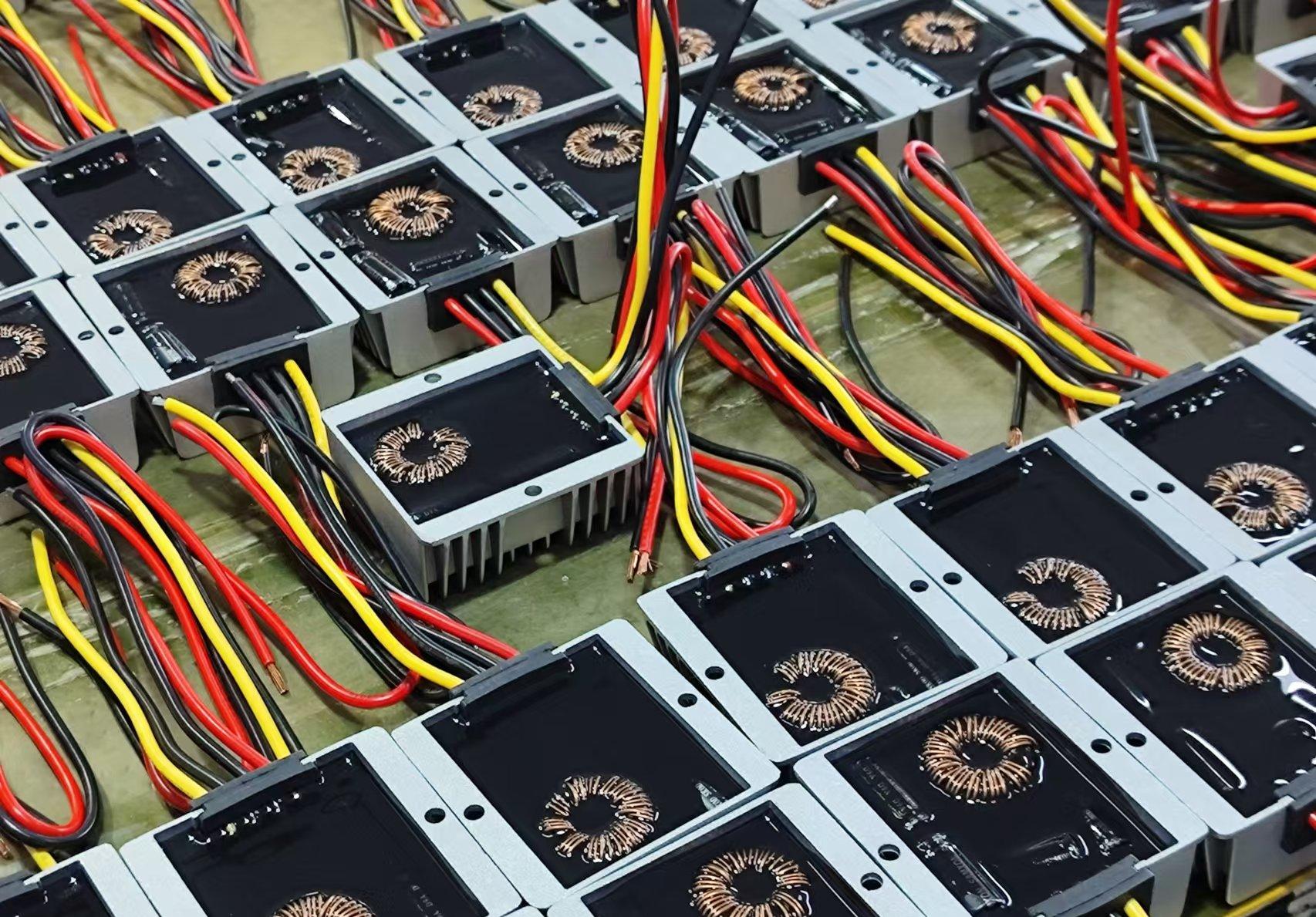DC power supply has many advantages. It is precisely because of these advantages that some new buildings have begun to use DC power supply, and some home appliance manufacturers have also launched home appliances powered by DC. However, if you want these various DC home appliances to run and truly give full play to the advantages of DC, there is one thing that is very critical, that is, the home DC converter.
The role of the DC converter
The DC converter has only one function, that is, to provide a stable power supply voltage for all DC home appliances. Various home appliances have different functions, but they all need power to work properly. The role of the converter is to convert the higher DC voltage on the power supply line into a stable low-voltage DC power suitable for various home appliances.

What does a household DC converter look like?
When using DC power supply, all electrical appliances need this converter to provide power. So what is this DC converter like?
1. Size:
In the home, where to place such a converter is a problem that everyone is concerned about. First, they do not want the converter to affect the beauty of the interior, and second, they do not want the converter to occupy the indoor space. Therefore, the converter is generally placed in the distribution box at the entrance, or in the junction box of the wall socket panel, and integrated in the socket strip. The space in these locations is very limited, so the size of the converter should be as small as possible.
2. Noise standard:
As a 24-hour uninterrupted device, it is always with us at home or in the office. If it generates noise when working, it will have a serious impact on everyone's life and work. Therefore, household DC converters should not generate noise, or the noise should be lower than the noise standard allowed in the bedroom.
3. Energy consumption:
While the converter provides power to other electrical appliances, it also consumes energy. This part of energy is the converter's own loss. Loss will cause heat and temperature rise, which is easy to cause safety hazards. At the same time, it will increase power consumption and bring waste. Therefore, the loss of the household DC converter itself should be as small as possible, that is, the working efficiency should be high.
Safety performance of the converter
In order to achieve safety requirements, household DC converters generally use resonant converter topology. Through AC-DC-AC conversion, a transformer can be added in the intermediate AC link to achieve electrical isolation to meet safety requirements and achieve step-down conversion.
The switching device uses a new generation of wide bandgap devices, which work at extremely high frequencies, far exceeding the hearing range of the human ear, and achieve zero noise; and high-frequency operation greatly reduces the volume of the transformer and inductor and capacitor in the converter. At the same time, the new device can maintain a very low loss under such high-speed switching action to ensure efficient operation.







